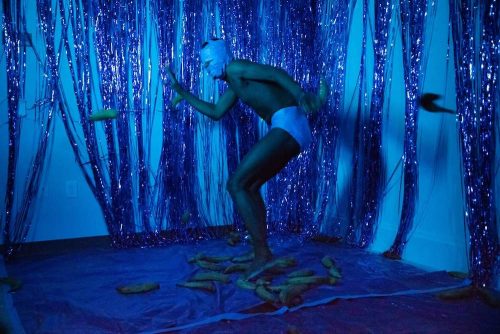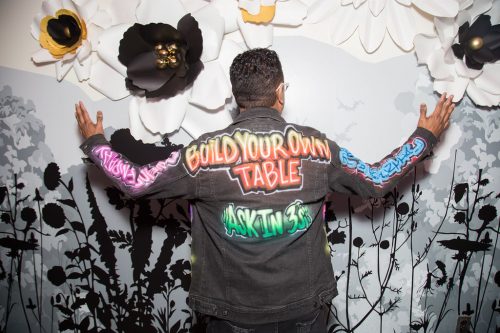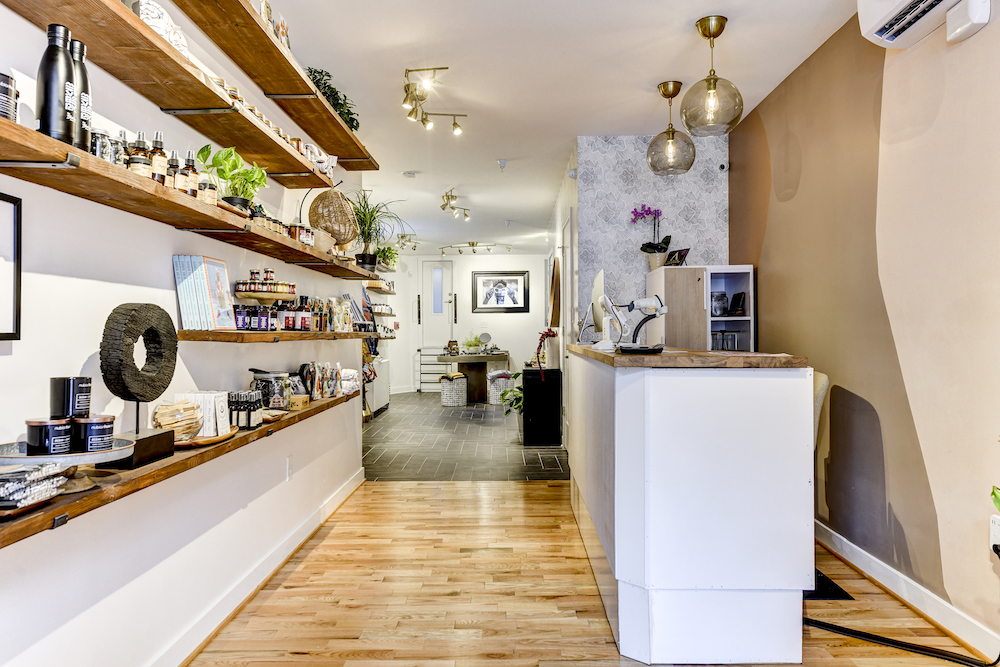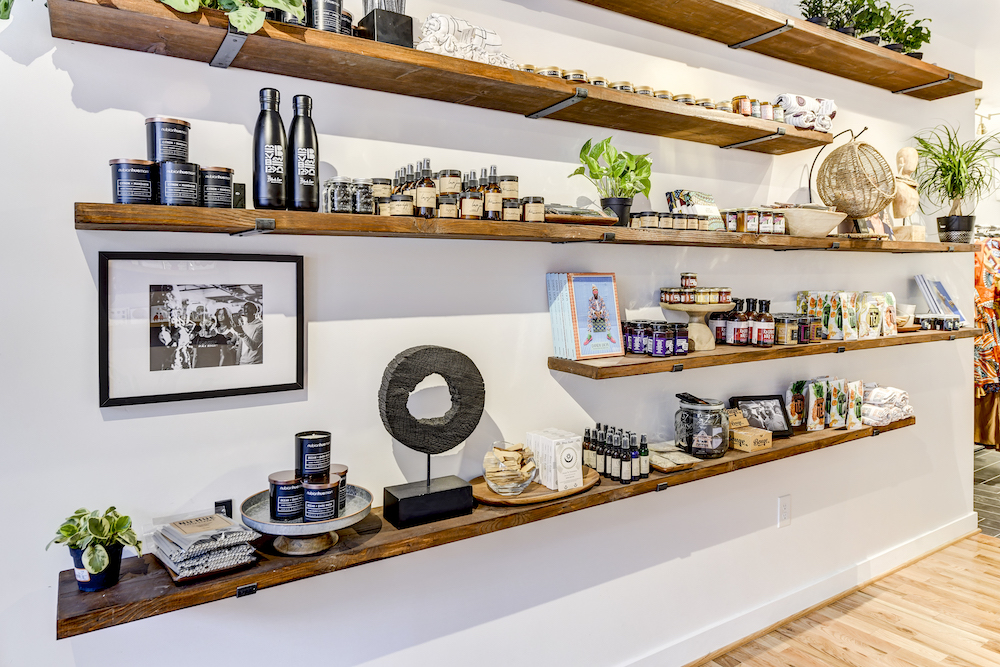Nestled on a lively strip in Mount Vernon, Akwaaba House is an 18th-century, three-story building that exudes a love of Black life. The ground floor houses Nubian Hueman, a second location for the DC-based boutique that features designers representing the African diaspora who specialize in fashion, accessories, art, and beauty products. The building’s top two levels are residential spaces for rent but also double as enclaves for events featuring local artists and community members. Real estate entrepreneur Trish Ofori, who purchased and renovated the building, named it Akwaaba, which means “welcome” in Twi, an homage to her Ghanaian roots.
Ofori gained an interest in real estate companies fresh out of college in Washington, DC. After about five years of working odd jobs while selling properties, she went into real estate full-time and flourished in the District for the next several years. After what began as a serendipitous purchase of her first commercial real estate property, Ofori is now firmly rooted in Baltimore with a newfound sense of purpose. She hopes to build on Baltimore’s creative economy, something that proved difficult in DC.
Akwaaba House has begun to make a name for itself over the past six months. When Nubian Hueman opened at Akwaaba House in August 2019, the venue was packed with guests and shoppers who partook in a candle-making session from 228 Grant Street, mini manicures courtesy of Power Decals, card making with Jermaine T. Bell, T-shirt printing by Philadelphia Printworks, and a pop-up from Ivy’s Tea Co. In November 2019, Ofori hosted a panel discussion that explored the use of art to transform spaces and redefine neighborhoods. The event, part of an ongoing series called The Art of Business, featured vendors and local artists including Afrothreads, Rawn Price, Nia Hampton (also a BmoreArt contributor), and James Flowers.
I spoke with Ofori about her transition from DC to Baltimore, what real estate ownership truly entails, and her interest in building community and advancing the city’s creative economy.











